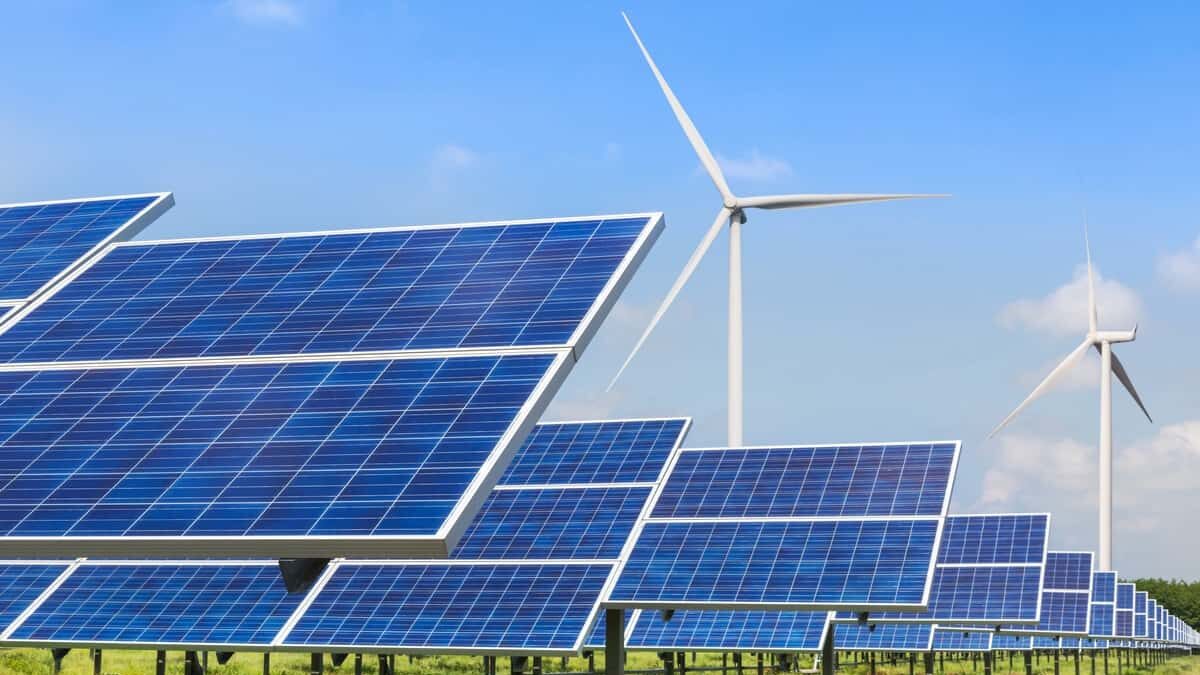Renewable energy, including wind and solar power, would experience exponential growth this decade, Rocky Mountain Institute (RMI) latest report projected. In effect, clean energy costs would continuously drop.
This potential development may revolutionize and boost the global electricity industry, including electric vehicles.
X-Change: Electricity report highlights
The report noted that the adoption of renewable energy like solar, wind, and battery storage has been expanding worldwide.
“New solar and battery capacity, policy targets, the momentum of change, and the logic of S-curves all point to continued exponential growth in solar and wind generation for the rest of this decade at 15%–20% a year.”
X-Change: Electricity report
The authors of the report project that solar power prices will decline by 50%, CleanTechnica indicated. Meanwhile, wind energy costs will enjoy a 25% decline by the end of the decade.
“Despite those who say insurmountable barriers to the energy transition are everywhere, growth keeps happening. While barriers are specific and local, solutions are generic and global and will continue to overwhelm resistance to change. As a result, fast growth will lead to a tripling in solar and wind generation by 2030 while faster growth will mean a quadrupling in generation, to produce more than 14,000 terawatt hours (TWh) and overtake fossil fuel supply.”
X-Change: Electricity report
Clean energy capacity to add new 107 GW in 2023
Renewable energy prices continue declining due to the global shift to clean technology. According to the report, clean energy technologies will receive 62% of the investments in the global energy industry in 2023.
Moreover, the IEA also forecasts the global clean energy to record 107 GW of new electricity capacity this year. It would essentially increase the overall capacity to 440 GW, which the report claims to be the biggest annual growth in history.
In addition, the report further emphasized that renewable energy prices would keep declining as they follow “learning curves” depending on the technology. The learning rate for solar and wind has been 20% and 13% over the past 40 years, respectively.
Call for more efforts
As the report suggested, renewable energy consumption would grow further as prices decline.
However, the authors advise the industry to continue making efforts to sustain the current upward trend.
“We need to build out grids, change permitting laws, scale up flexibility solutions, improve regulatory and market systems, and speed up deployment in the Global South.”
Sam Butler-Sloss, co-author of the report
Nonetheless, he assured that such initiatives would be less complex once renewable energy gets more affordable.
In fact, renewable energy costs have continuously dropped over the previous decade. It essentially aids the industry in solving one of the major obstacles to the wide adoption of green technologies.
BNEF data revealed that solar and battery prices enjoyed an 80% drop from 2012 to 2022. Offshore wind costs dropped 73%, while onshore wind costs declined 57%.
“Exponential growth of clean energy is an unstoppable force that will put more spending power in the pockets of consumers. The benefit of rapid renewable deployment is greater energy security and independence, plus long-term energy price deflation because this is a manufactured technology – the more you install the cheaper it gets. This is a clear signal to policy makers, businesses and investors to seize the opportunity of accelerating the energy transition. The call to triple renewable electricity investment and capacity by 2030 are deliverable. But only by removing barriers to faster renewable deployment, from streamlining permitting to redirecting subsidies for polluting energy.”
Kingsmill Bond, co-author of the report
The government’s failure to implement the necessary efforts to maintain and further accelerate the clean energy shift can potentially hamper the upward trend.
“Otherwise, the exponential growth we are seeing and the benefits that come with it could be derailed unnecessarily.”
Christiana Figueres, United Nations Framework Convention on Climate Change ex-executive secretary
See Also:
- Renewable energy sources exceed coal generation in the United States in 2022
- Global companies that made the largest renewable energy investments in 2022
- Amazon’s renewable energy portfolio grows beyond 20 GW, sufficient to power 5.3M homes
- Renewable energy contributed nearly one-quarter of US electrical generation during August 2022
- IEA: Renewable energy sources to keep global CO2 emissions from increasing over 1% this year
The shift to renewable energy can undoudtedly support the growing industry for clean technologies, like electric vehicles. The declining cost would also urge more companies to invest in clean energy projects. In effect, these efforts can significantly contribute to alleviating the effects of global warming caused by polluting energy sources such as fossil fuels.

